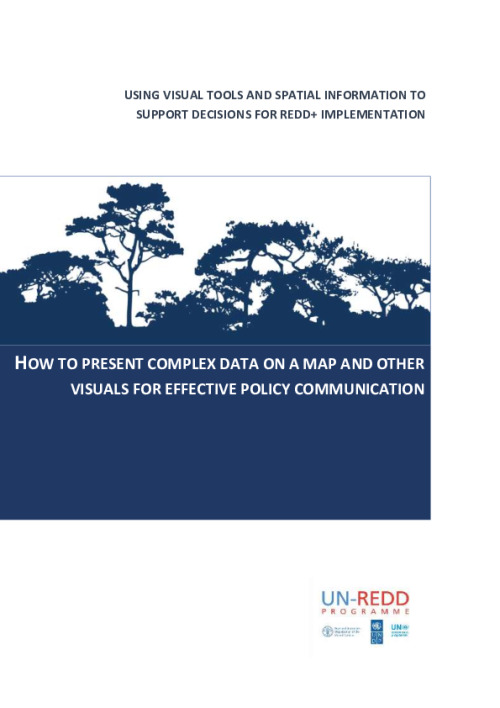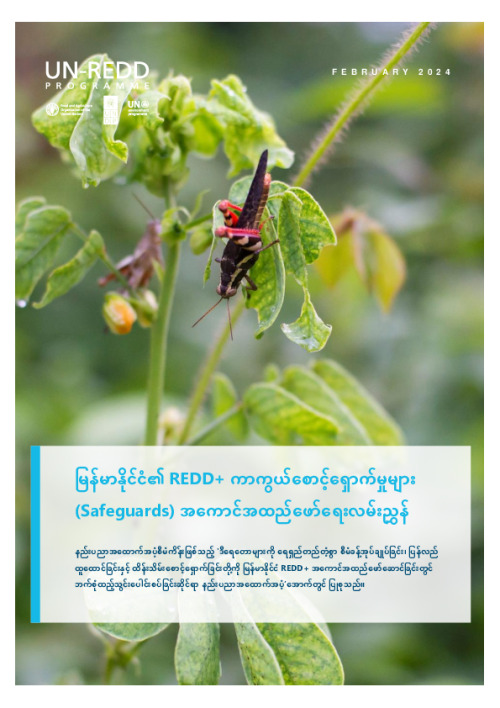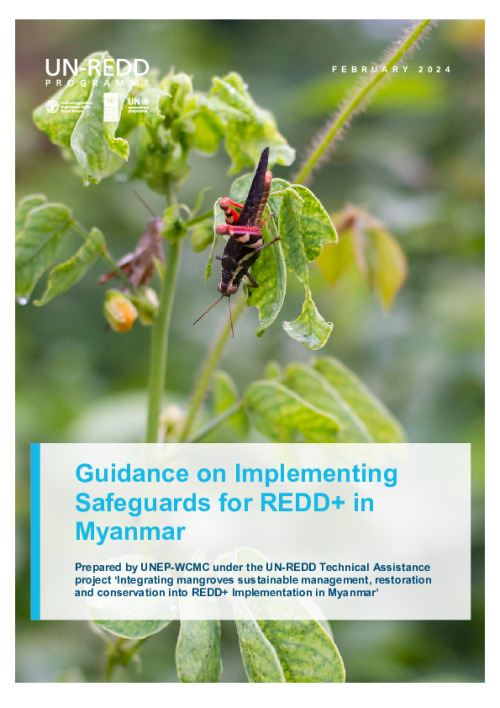How to Present Complex Data on Maps and other Visuals for Effective Policy Communication: Using visual tools and spatial information to support decisions for REDD+ implementation

Maps can support REDD+ planning by identifying suitable areas for REDD+ strategy options that lead to reduced emissions or increased sequestration, in a way that delivers selected co-benefits. This guidance document focuses on the production of maps for clear policy communication using examples of maps produced under the UN-REDD Programme in different countries. It provides guidance on techniques for visualising complex data, when and how to use different classification methods, the use of insets, colour-blind safe palettes and advice on the use of different map projections. Furthermore, it describes ways in which bias can be introduced and avoided. Several checklists are provided to help with map design and quality control, for example highlighting important elements that should be included on a map and other elements that should checked before a map is signed off. Maps can support REDD+ planning by identifying suitable areas for REDD+ strategy options that lead to reduced emissions or increased sequestration, in a way that delivers selected co-benefits. This guidance document focuses on the production of maps for clear policy communication using examples of maps produced under the UN-REDD Programme in different countries.
Download the resource
Size: (1.711 MB)


